MPI's factory building dates back to the 1940s. At that time, it was poorly insulated with high ceilings designed for large and heavy-scale manufacturing. However, today's factories are much smaller, making it difficult to find a heating system that works efficiently without requiring costly building refurbishment.
BUILDING CHARACTERISTICS:
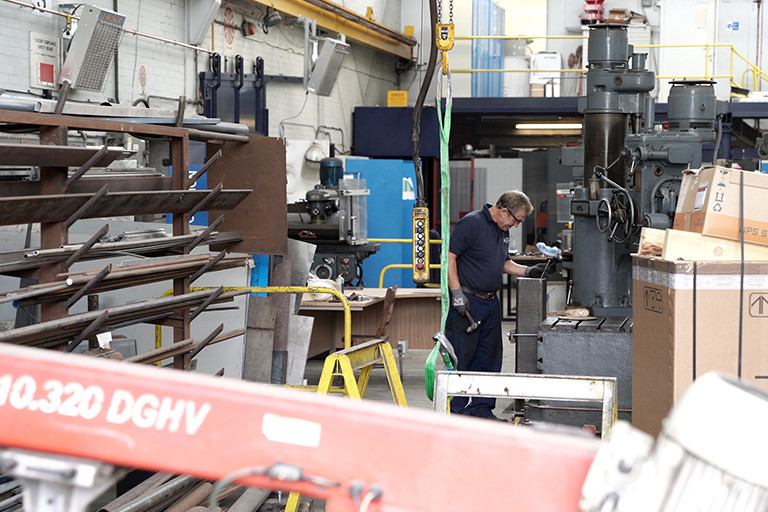
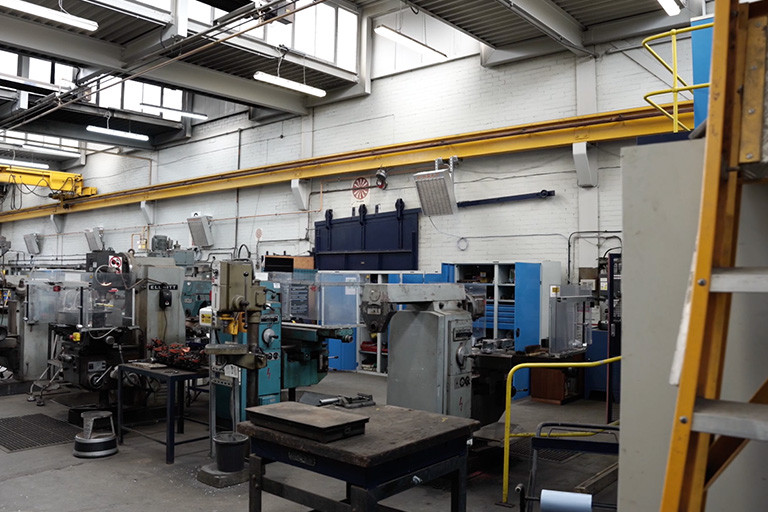
THE PROBLEM:
The current heating system has a total heat output of 90kWh and is made up of six three-phase electric hot air blowers placed around the factory. Each electric heater was positioned at floor level in various locations in the factory, posing many issues such as trailing three-phase cables, large high-temperature pieces of equipment being positioned in the workspace, and fans blowing dust at low levels into the working areas.
Due to the layout of this factory and its large volume—25 meters wide by 12 meters deep by 9 meters high—a conventional heating system is not best suited. The roof on this particular building is made up of glass skylights creating an increased heat loss factor, and no thermostatic controls were available which meant heaters were left on when not needed to be. This increased the energy bills.
Over the years, the Institute has been recognised for its research and development programs, as well as its location near the heart of net-zero energy design. To meet the needs of these two fields, the Institute was searching for alternative technologies that perform better and emit less carbon.
THE SOLUTION:
X-Heat was contacted by the Institute to find a heating system that could offer improved performance and lower emissions. After a site visit and assessment of the building, it was calculated that five Nano-Heaters were required to heat the designated working areas.
Each of the heaters was positioned 5 metres apart with a height of 2.5 metres from the ground, providing a sufficient heating footprint. Each heater has its own thermostatic control and timer that can be set to operate during their working hours or extended if working overtime.
An ambient set point is selected and this allows the Nano-Heater to modulate up to this set point, eliminating any heat overrun. This zonal system provides the Institute with total control over their building and personnel heating requirements, optimising energy consumption and providing comfortable working conditions for operators.
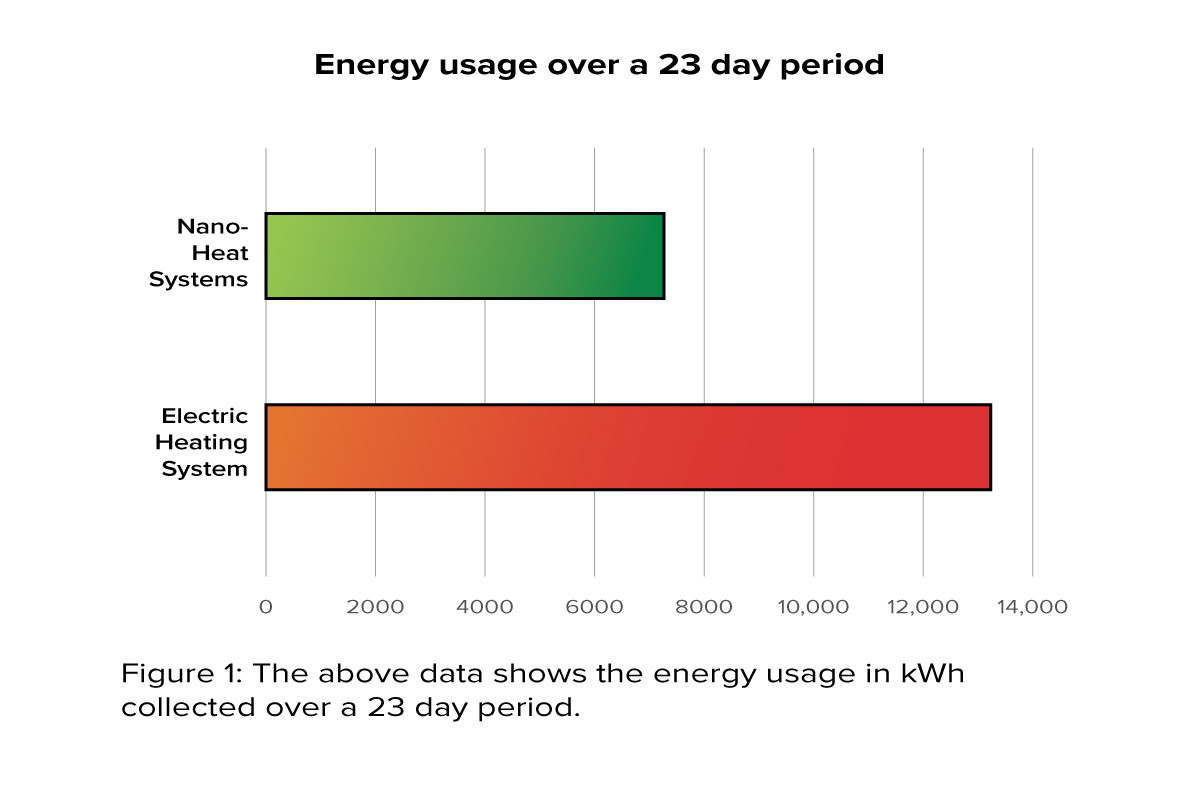
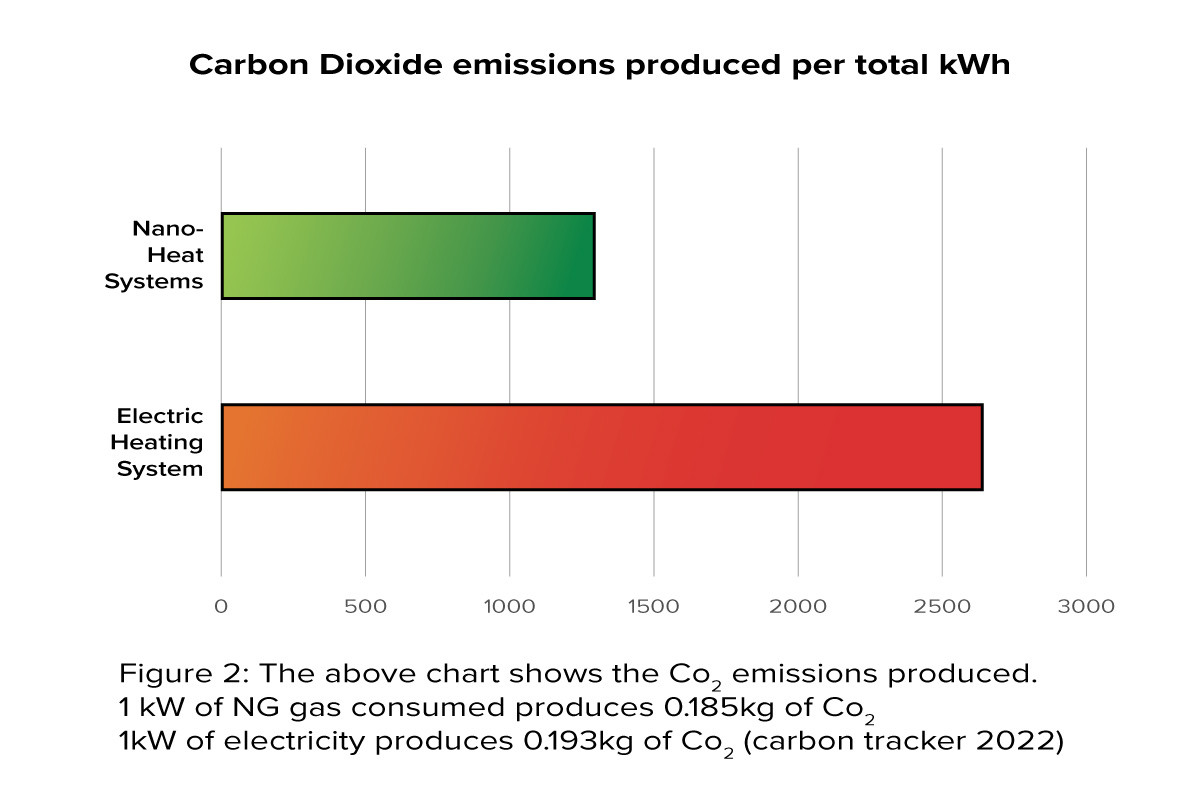
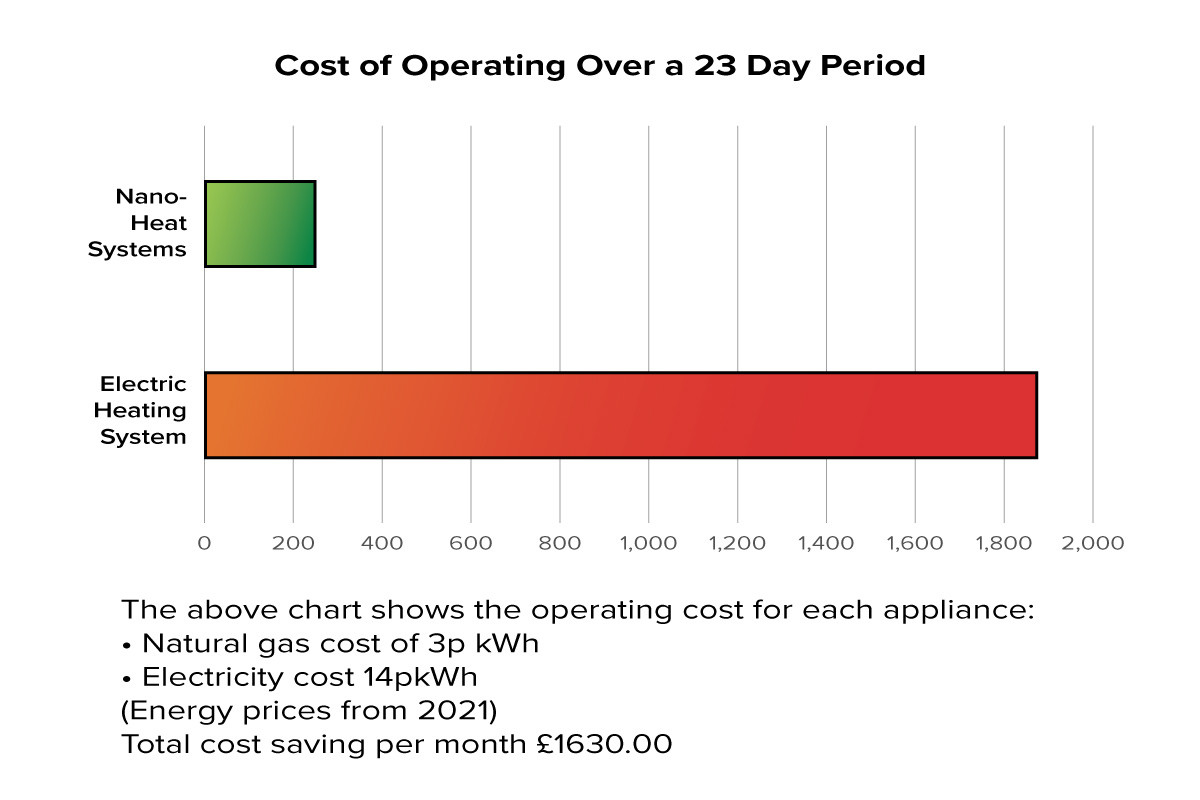
THE ANALYSES:
Readings were taken from electric and gas metres to determine energy consumption for existing electric and gas-fired hot air blowers. The same method was applied to collect data for the nano-heating system by recording readings from inline metres.
Client Testimonial
“X-Heat have collaborated with us and partnered with us to make sure we picked the right heating system for the right process at the right time. The level of support, innovation and general expertise that we’ve had from them has been absolutely invaluable. Because of the flexibility and the support we’ve got from X-Heat, we can’t recommend them highly enough. Absolutely tremendous.”
- Bob James, Technical Collaboration Lead, MBI.
Gallery
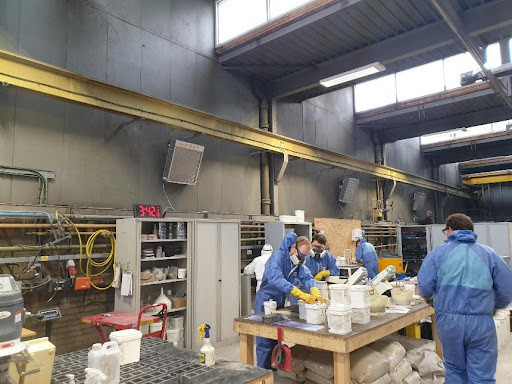
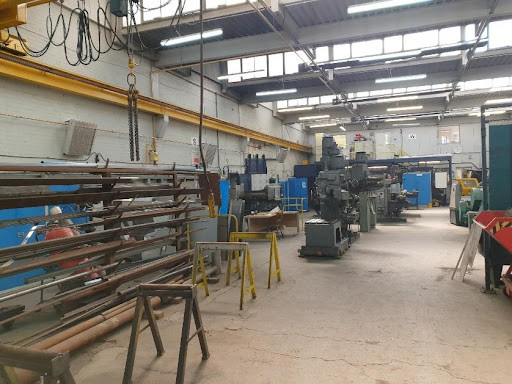
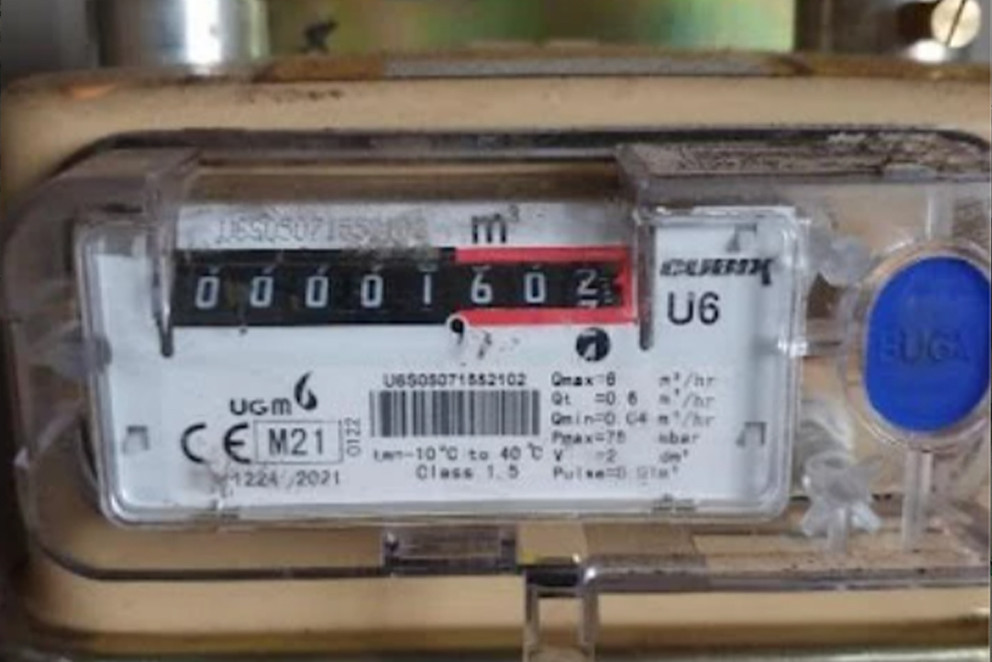
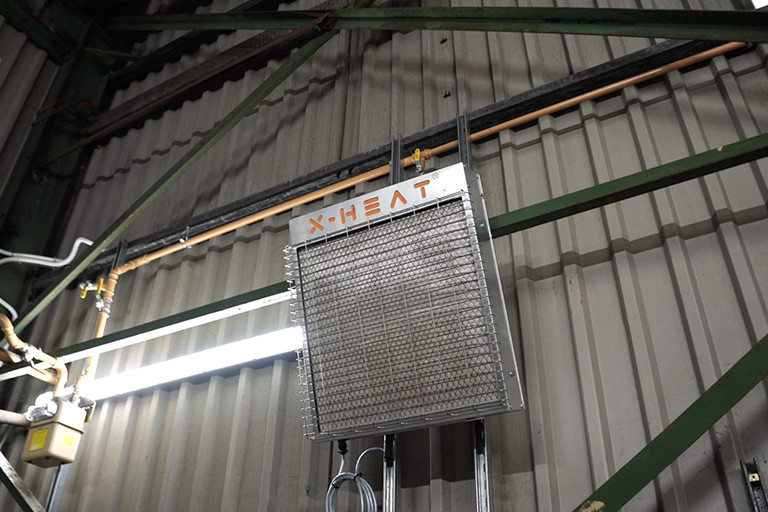
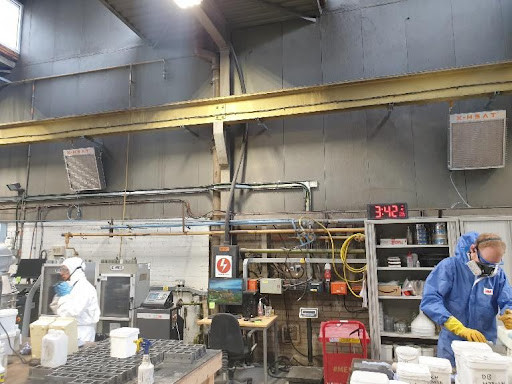
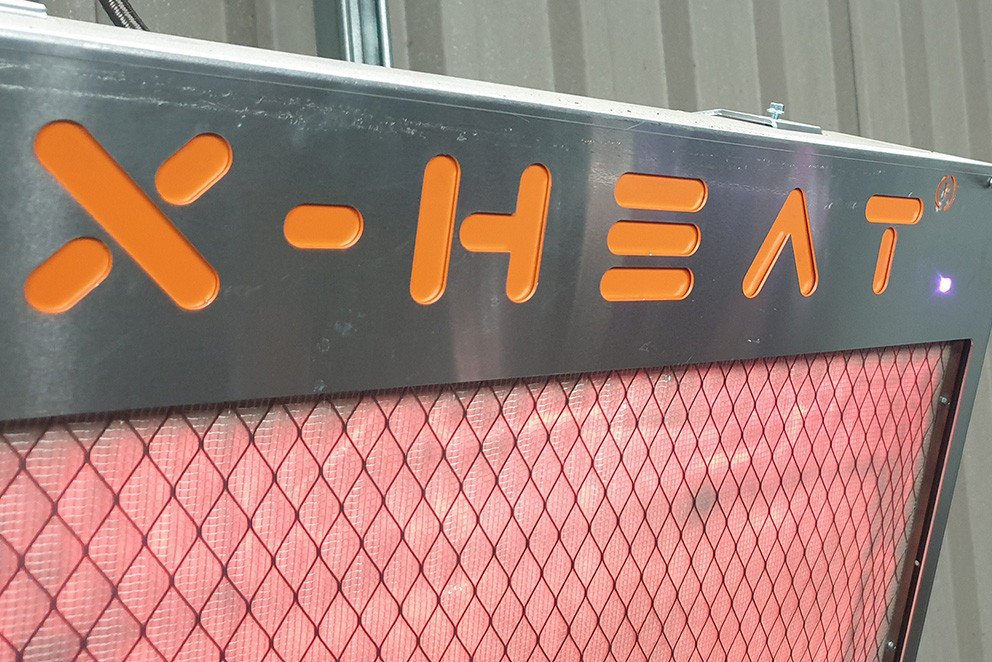
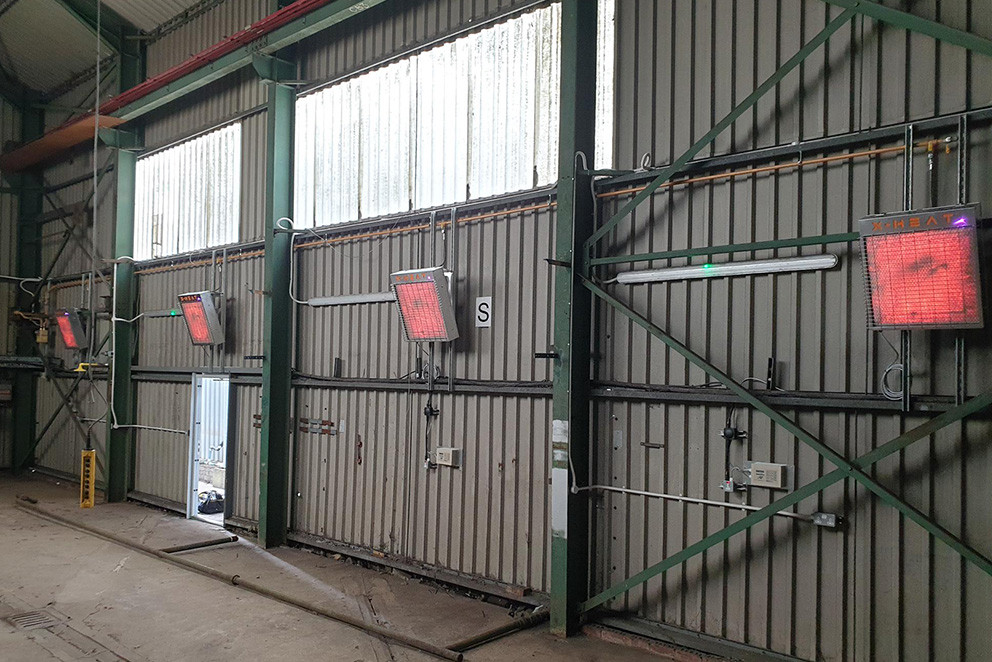
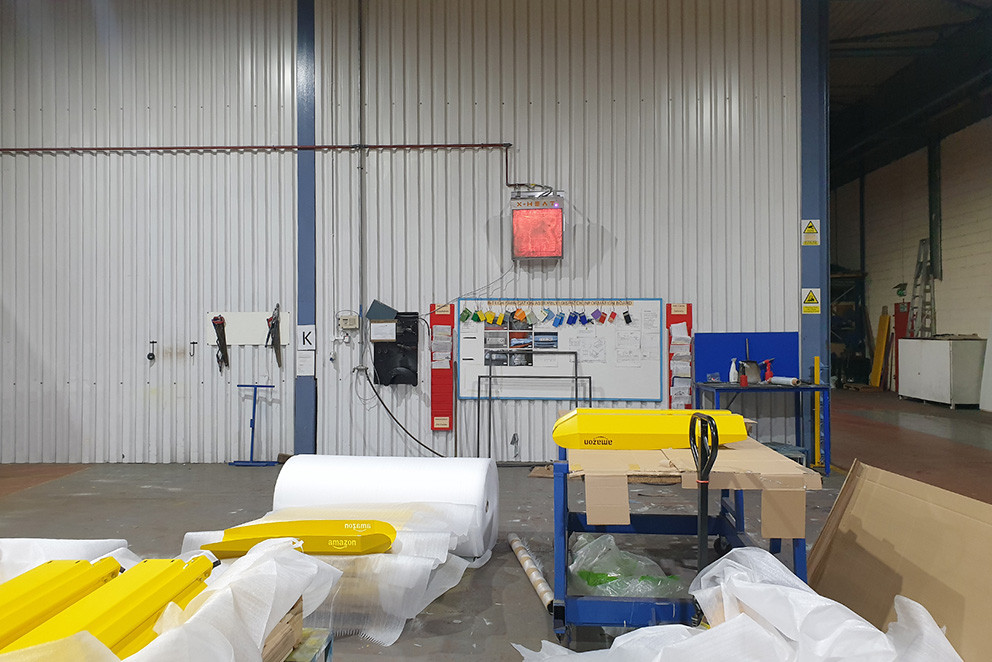


.jpeg)



